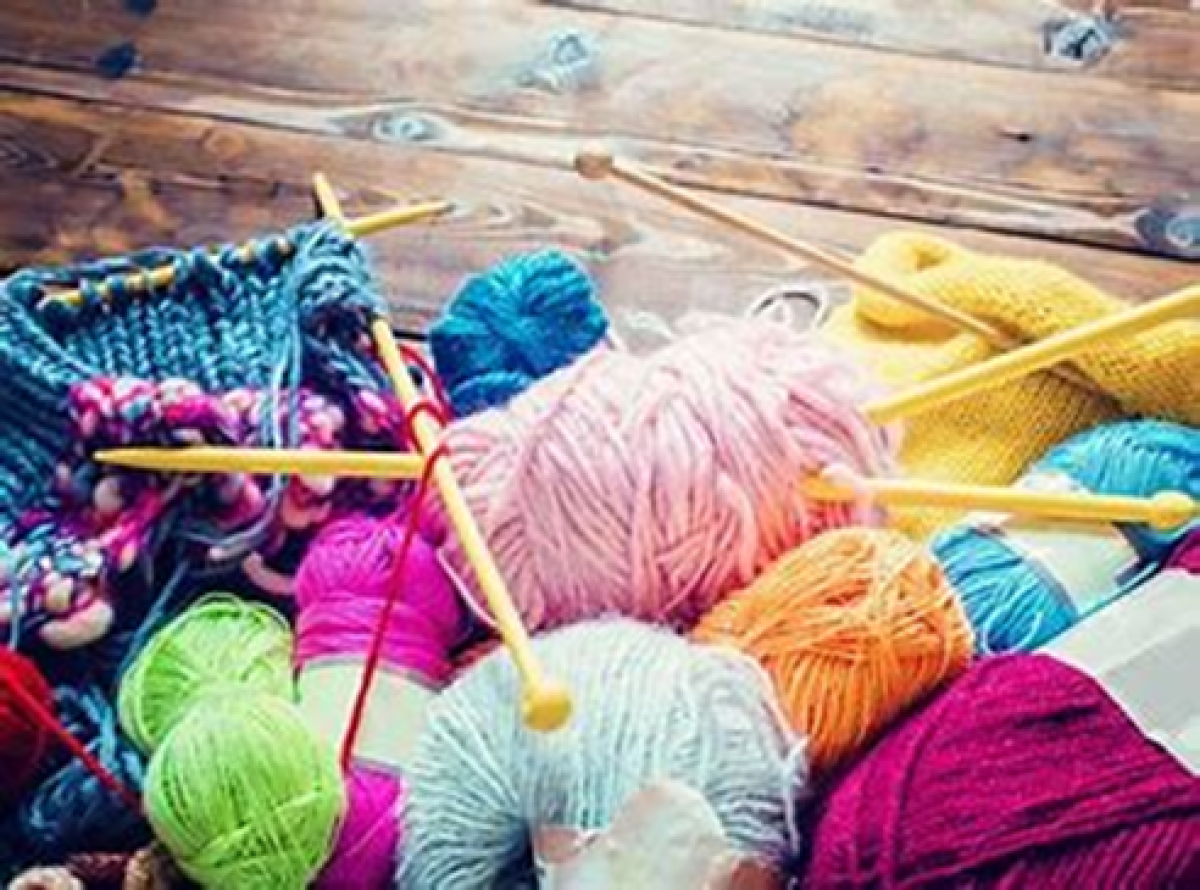Time to 'show off' your knitting

Barraba Show, held from Friday 1st March to Sunday 3rd March 2024 has a large knitting and crochet section and Chief Steward of the section, Penny Blomfield, wants to encourage people to pick up their needles or hooks and get creating – there’s a section for everyone and everything – even one for those WIPs (works in progress)! Check out the Barraba Show website for details, Barraba P, A & H Association - Home (barrabashow.com.au)
Here's a short history of knitting and some reasons why it’s good for you to pick up those needles, hooks and yarn…
A Brief History of Knitting
Knitting has a rich and intricate history that traces back to the Middle East and eastern Mediterranean around the 11th or 12th century. The earliest known knitted artifacts are Egyptian socks from that era. These socks were crafted using a technique similar to knitting, where loops of yarn were formed with a single needle. This technique, known as Nålbinding, predates knitting and was practiced in various parts of the world, including Israel, Germany, and Norway .
Another precursor to knitting was finger knitting, a simple form of knitting done using only the fingers instead of needles. Finger knitting has been practiced for centuries, especially by children and those without access to needles .
As knitting spread to Europe, it became an essential aspect of daily life. Male guilds used knitting to create religious garments, and gradually, it evolved into a cherished craft practiced by people of all genders and cultural backgrounds. Knitting patterns developed, reflecting unique regional influences. Scandinavian countries, in particular, embraced intricate knitting patterns for clothing, blankets, and household items .
The Benefits of Knitting and Crochet
Knitting and crochet offer a multitude of benefits:
- Stress Reduction: Focusing on knitting or crochet helps reduce stress and anxiety by grounding you in the present moment.
- Cognitive Stimulation: These crafts engage various areas of the brain, including the motor cortex, frontal lobe, and occipital lobe, enhancing cognitive function.
- Physical Activity: Knitting keeps your hands and fingers active, improving hand-eye coordination, especially beneficial for older individuals.
- Self-Expression: Knitting serves as a creative outlet, allowing self-expression and providing a sense of accomplishment.
- Community and Connection: Online platforms like Ravelry, Instagram, and Facebook connect knitters worldwide, fostering inspiration and pattern sharing.
- Alzheimer’s Prevention: Engaging in knitting may slow down cognitive impairment and reduce the risk of Alzheimer’s disease .
So, whether you’re creating intricate lace shawls or cosy blankets, knitting and crochet offer not only warmth but also a delightful journey through history and creativity. Happy stitching! 🧶🌟
